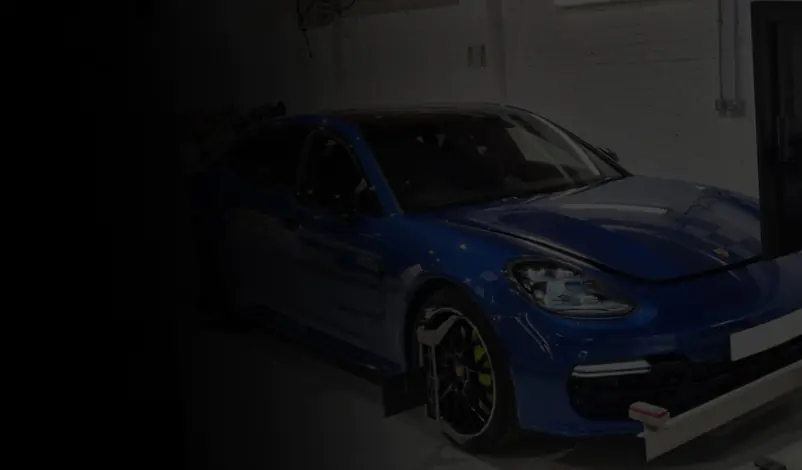
ADAS Calibration
Advanced Driver Assistance Systems (ADAS) are intelligent, in-car systems designed to improve your driving experience by making it safer for you when in your vehicle. ADAS monitors things like speed, breaking and steering and then either takes action or alerts the driver to take action.
What is ADAS Calibration?
ADAS calibration is the adjustment of the cameras and sensors of a car so that all the systems can work at optimum performance. This calibration, or adjustment, is a complex and precise process, requiring time and trained technicians.
Because of the highly specialized nature of the calibration process, many repair garages and windscreen replacement companies will refer a vehicle back to the manufacturer. As part of our ongoing commitment to our customers, we have upgraded our already sophisticated alignment systems, to now offer ADAS calibration at our centres at Boston, Hull and Norwich. Our skilled technicians have been trained to the highest standards to qualify them to complete ADAS calibrations to manufacturers’ requirements.
ADAS Calibration Services in Norwich, Hull & Boston
Norwich: Call 01603 966399
Hull: Call 01482 764262
Boston: Call 01205 535966
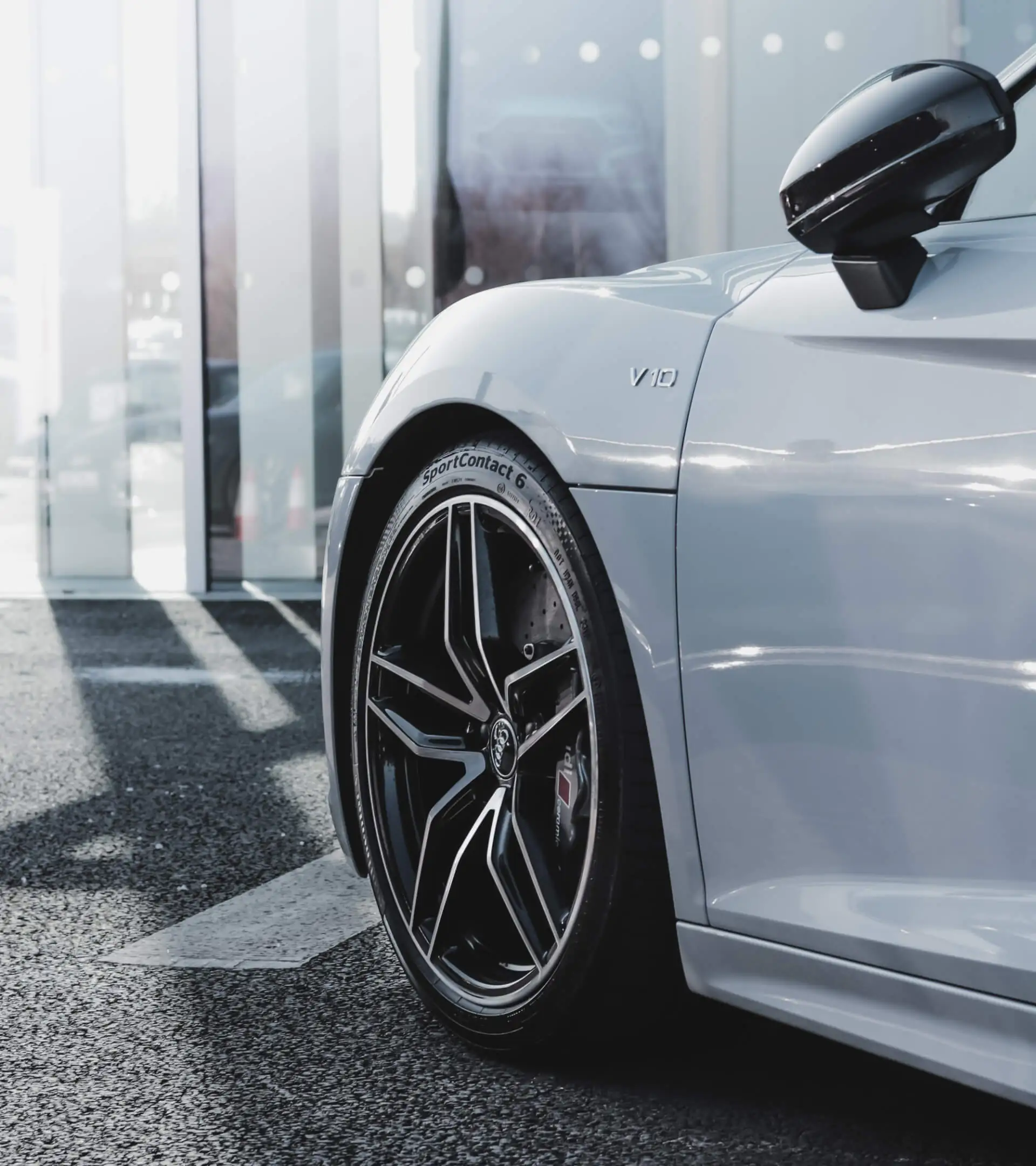
ADAS Calibration Booking Enquiry
Please fill in the details below with your preferred date and time. A member of our team will contact you to finalise your booking.
FAQs
-
The acronym ADAS stands for Advanced Driver Assistance Systems. These are intelligent systems inside a vehicle that are designed to help the driver when driving, and to make the driving experience safer. ADAS technologies offer software which will alert drivers to the potential of accidents and collisions, by implementing safeguards and even taking over control of the car.
ADAS can be used for information about traffic/road conditions (traffic jams, road closures) and can provide alternative routes.Advanced Driver Assistance Systems work by using sensors such as steering angle sensors, cameras, ultrasonic transmitters, and radar units, and they can use information from a single sensor or a combination of different sensors, known as sensor fusion.
-
Today we take for granted many of the systems that are built into our modern cars, from blind spot monitoring to parking assist, and we forget that it was only as recent as the mid-1990s that adaptive cruise control first appeared on production cars!
If sensors are disturbed even by the smallest amount, the impact can be enormous, with misinformation causing the system to work incorrectly.
Uncalibrated sensors will be faulty sensors, and these can lead to steering wheel vibration, greater steering effort with steering pull, warning messages on the dashboard or even a DTC (diagnostic trouble code) being stored in the car’s computer memory. Accurate adjustment is vital in ensuring the safety systems continue as they should.
-
There are two types of ADAS calibration – static and dynamic.
Static Calibration (in-shop)
1. The vehicle thrust line is established through a variety of tools (usually with built-in laser projectors) and manual measuring methods. (The thrust line compares the direction that the rear axle is aimed at, with the centreline of the vehicle. It also confirms if the rear axle is parallel to its front axle and that the wheelbase on both sides of the vehicle is the same).
2. Aiming targets are positioned precisely in relation to the thrust line and sensors. This involves specific heights and distances and specialized adjustable mounting stands.
3. The sensors are mechanically levelled, with the horizontal aim of the sensor being adjusted. This requires the vehicle to be perfectly level, preferably on an alignment rack.
4. The sensor’s aim is analysed with a scan tool, which will give instructions for adjusting the radar sensor if necessary. Following this static calibration process, a test drive is recommended which will ensure that no DNCs (diagnostic trouble codes) are generated. Some vehicles may need a follow-up dynamic calibration.
Dynamic Calibration (on-road)
On-road calibration is the method generally used for camera sensors, while radar sensors will need this process following static calibration. Dynamic calibration starts with a scan tool, followed by a test drive on a relatively straight road with clear lane markings. The vehicle is driven at specified speeds until the scan tool says the calibration is complete. -
ADAS sensors can be disturbed in different conditions, the most obvious being a collision where an airbag, for example, can deploy and deflect off a windscreen. However, a vehicle does not have to be involved in a collision or accident for sensors to require calibration or adjustment – anything that can affect the suspension of a car so that it requires a wheel alignment (tracking) adjustment has the potential to affect ADAS sensors. Simply driving over a pothole or hitting a kerb stone hard can knock a car’s suspension out of line, leading to the sensors possibly requiring adjustment, and with the RAC reporting a 20% rise in the number of breakdowns caused by potholes in the last three months of 2019, it is easy to see why ADAS calibration is becoming more necessary, more frequently.
Other conditions which could throw a sensor off, and so require adjustment, can include:
Repairs to a roof/sunroof with sensor brackets mounted to it; Windscreen replacement; Suspension repairs; A DTC (diagnostic trouble code).
-
More and more new vehicles are fitted with ADAS, many of which are familiar to us. The more common systems include:
Parking assist
Aids parking without colliding with nearby objects and vehicles. Can be camera or sensor based.Autonomous emergency braking
This feature can use lidar (a remote sensing technology that uses lasers to collect measurements), radar or cameras.Automatic headlight dimming and high beam activation
Designed to improve visibility in low-light situations, based on steering wheel activity. Usually, camera based.Blind spot monitoring
A radar-based feature which warns when a vehicle is in your blind spot.Lane departure warning
An audible alarm or steering wheel vibration lets you know if you stray out of the lane. This is a camera-based system.Adaptive cruise control
This maintains a safe distance between your vehicle and the one ahead. Can be radar sensors or cameras.
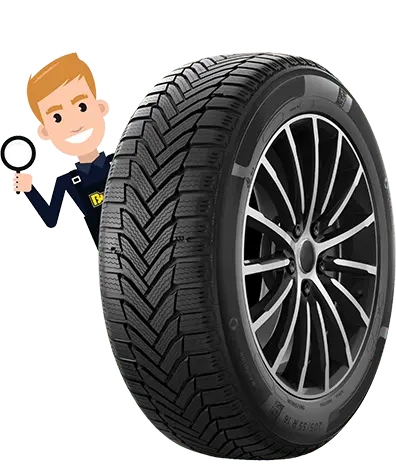



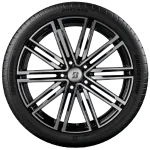 Tyres
Tyres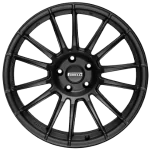 Services
Services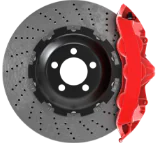 Fast Fit
Fast Fit Offers
Offers